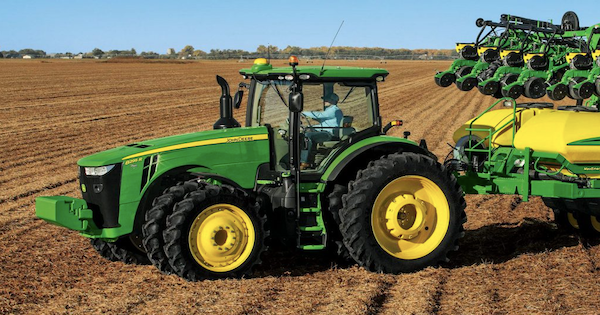As corn and soybean farmers across Minnesota work to produce the best possible crop, they continue to face extreme drought this season. Hot and dry weather has dominated Minnesota’s growing season, forcing agricultural producers to alter their irrigation strategies for the highest possible yield. As a result of drought conditions, corn, and soybean plants are experiencing stress that stagnates their growth.
Corn, in particular, requires a strong root system to help it maintain its size and structure once it reaches full growth. The primary root system in corn — the nodal root system — needs moisture to establish itself. In dry conditions, corn plants may have weak nodal root systems and end up leaning, rather than staying upright. However, producers may be able to avoid a reduction in yield if they keep their corn irrigated after the 13-leaf collar stage.
Similarly, soybean plants must establish their root systems early to thrive in later growth stages. In the case of drought, soybean plants have adapted to limit their sunlight intake when conditions are dry. Farmers can further help their crops by ensuring that the soil remains irrigated until their soybean plants move past the R1 stage of growth.
To ensure that all plants are adequately watered, agricultural producers should determine the maximum amount of water their soil can hold — this will vary according to the soil type. Soil moisture sensors can help farmers get a more accurate reading, and weather-based irrigation scheduling tools can allow them to water more efficiently.
Information on the soybean and corn agricultural equipment John Deere has to offer can be found by contacting your local John Deere dealer.
